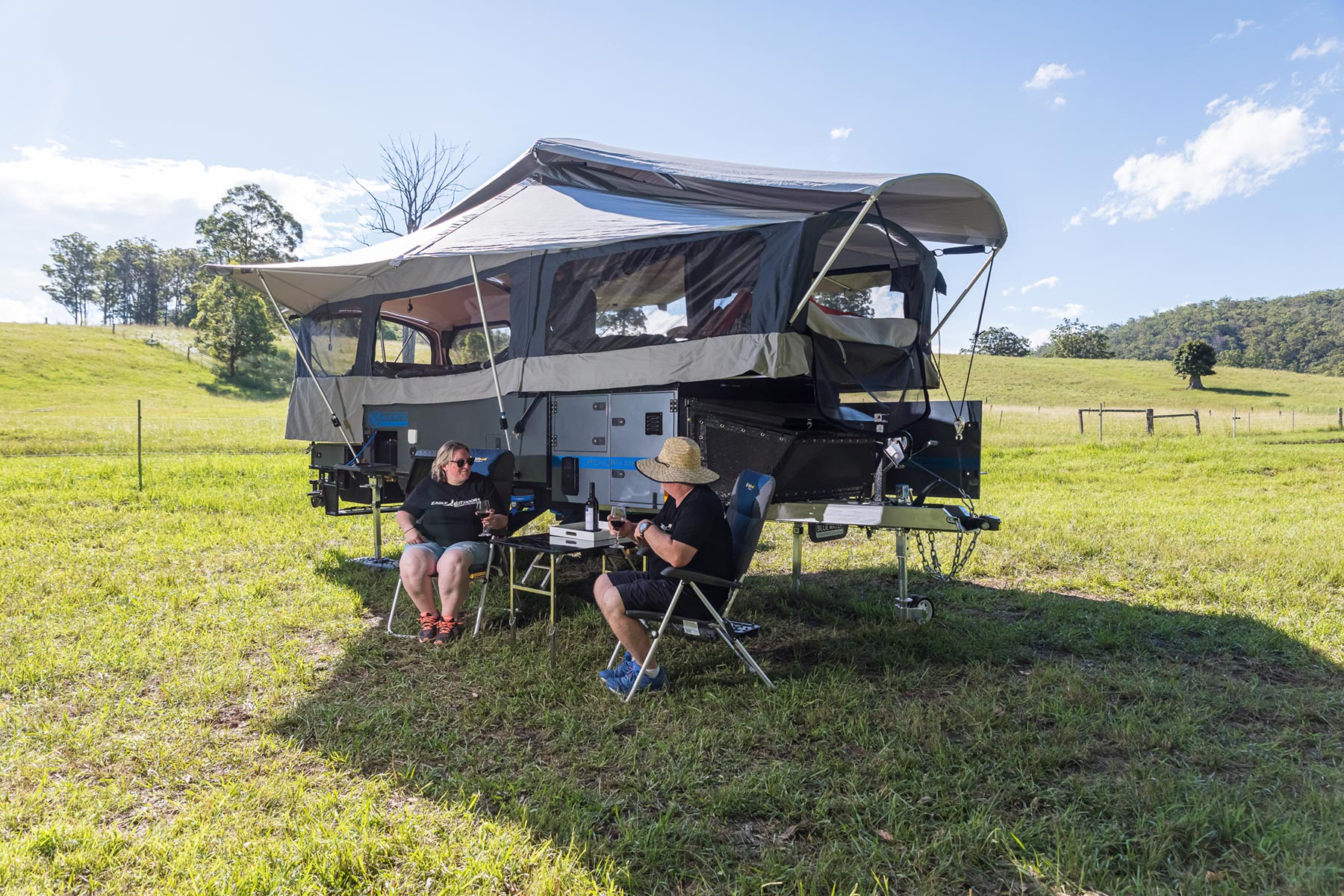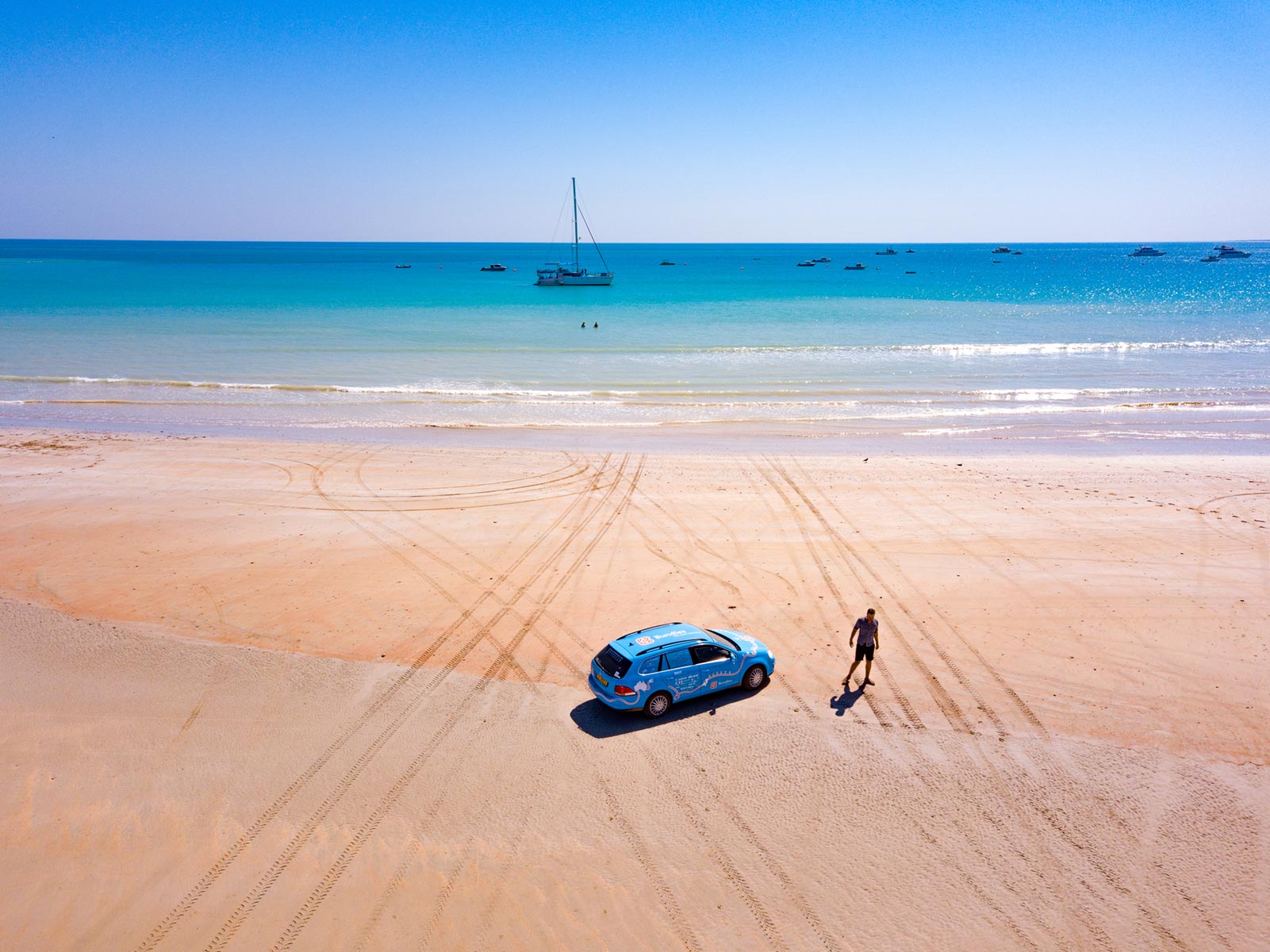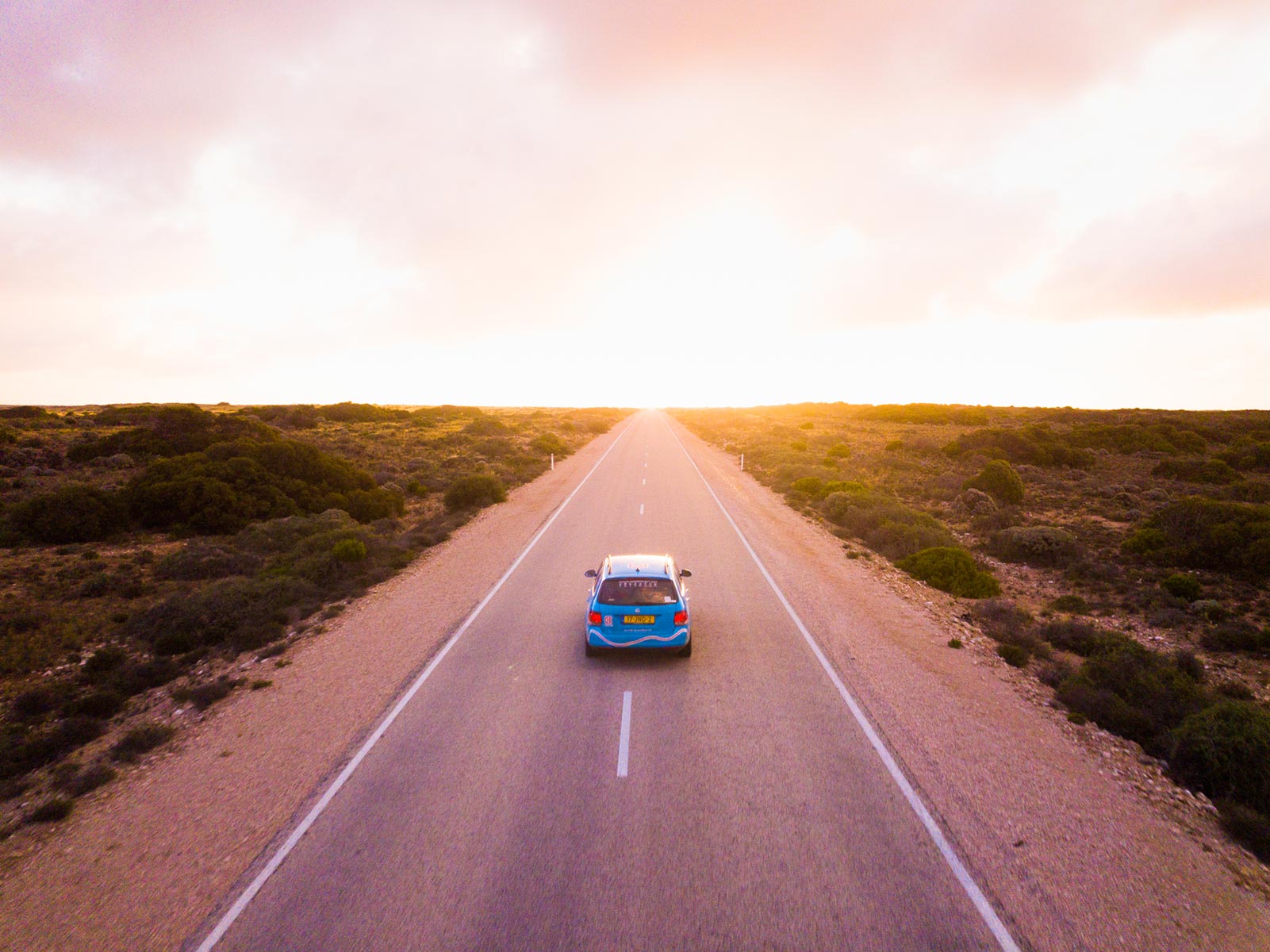Australia's $27 billion caravan industry is a vital part of the country's economy, providing domestic accommodation, boosting tourism and creating jobs. However, the industry, like many others, is facing the ever-looming challenge of transitioning to a low-emission environment. In order to protect and future-proof the industry, the transition will require a dedicated collaborative approach between government, research, and industry. While there remains much work to be done at this point to make this transition a reality, the day will come when fossil fuel vehicles are in the minority.
As an industry, we understand that the infrastructure requirement is significant and that the rollout of charging infrastructure (especially in and on the way to regional areas) to service the ever-increasing number of electric vehicles (EVs) will take time and cause growing pains across all industries. There also remains a number of questions around battery capacity and range ability for EVs with the required towing capacity, along with their availability in Australia with a price point that is accessible. In the transition to electric vehicles, the finish line is far away, and the pathway is still markedly hazy.
Despite the challenges, there are opportunities for the caravan industry to thrive in a low-emissions environment. Caravan parks are ideally situated to provide electric vehicle charging points for travellers, especially in regional areas where access is often limited. This presents a great opportunity for the government to invest in EV charging infrastructure to maintain regional visitation, to which its largest barrier is access, as the population increasingly takes up EVs.



At present, only a small percentage of caravan parks have taken the opportunity to install EV chargers in their parks. However, those who have installed them have received a positive response from travellers and broader customers, leading to more chargers being installed. While this move has triggered the prospect of electricity grid upgrades to meet demand, it would come at a great cost to the park. So, it is reasonable for these parks to expect a return on investment to make the installation of charging points viable from a sustainable profitability perspective.

Additionally, traditional caravans are getting increasingly bigger in line with consumer demand, with many popular choices today in excess of 3.5 tonnes. However, this is at odds with the fact that EVs have a significantly reduced towing capability and range. A new generation of caravans must be designed that are suitable for EV towing, or the industry risks being left behind as fossil fuel vehicles are phased out.
The transition to a low-emission environment will require the manufacturing sector of the industry to innovate, and actively invest in research and development. The success of this will heavily rely on government intervention to assist in the facilitation, support and funding of collaborative partnerships. This could include partnerships with battery manufacturers, chassis manufacturers, renewable energy providers, software engineers, and charging infrastructure companies, as well as partnerships with government agencies and industry bodies to stay up to date on the latest trends and regulations.
The industry has done a fantastic job answering customer expectations and needs in the past. It is essential that it involves itself in the conversation and develops the next generation of caravans as consumer expectations shift. There has been a surge in innovation in international markets, with European design EV RVs, self-drive chassis’, larger battery storage and capability in caravans, electric caravans and the use of lighter materials to construct them. The Australian industry needs to catch up with the rest of the world and develop innovative solutions that meet customers' needs and support a low-emission environment.
Through collaborative partnerships with other companies and organisations, existing skill gaps could be overcome and innovation in key areas would flourish – such as battery technology, charging infrastructure, lightweight materials, smart systems, and aerodynamics. It's essential to create standardised battery tech for caravans, develop portable charging solutions, and experiment with new materials to reduce weight and energy consumption. Additionally, designing smart systems to optimise energy use and focusing on aerodynamics would make electric caravans more efficient.
Furthermore, the industry has to think about sustainability, safety, circular economy and the customer experience. Electric caravans should be designed with eco-friendly materials, advanced safety features and modular components for easy upgrades. Embracing a circular economy approach will minimise environmental impact while enhancing the customer experience with functional design, entertainment systems, and personalised services that will set electric caravans apart from the competition.

The Australian caravan industry faces the challenge of balancing the needs of more than one million passionate caravanning and camping enthusiasts with the urgent need to future-proof the industry in a low-emission environment. To ensure success in this new environment, the industry must collaborate with research and the government to develop an integrated and unified policy approach that considers all potentials, without causing harm to the industry or sections of the community. It is clear that every stakeholder, from the government to manufacturers, parks, and consumers, must contribute to shaping the industry's future.
The quintessentially Australian weekend escape will remain steadfast in the future, although what that may look like is rapidly evolving. Caravan Industry Association of Australia continues to work tirelessly in this space to ensure the smoothest transition possible for all parties.




